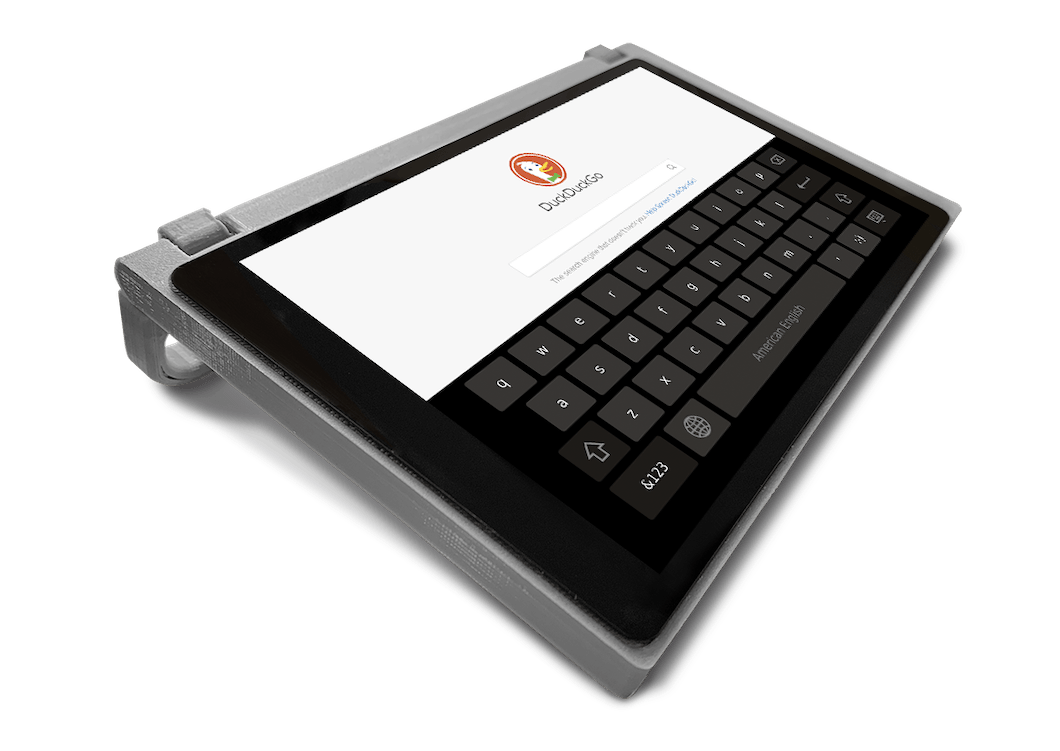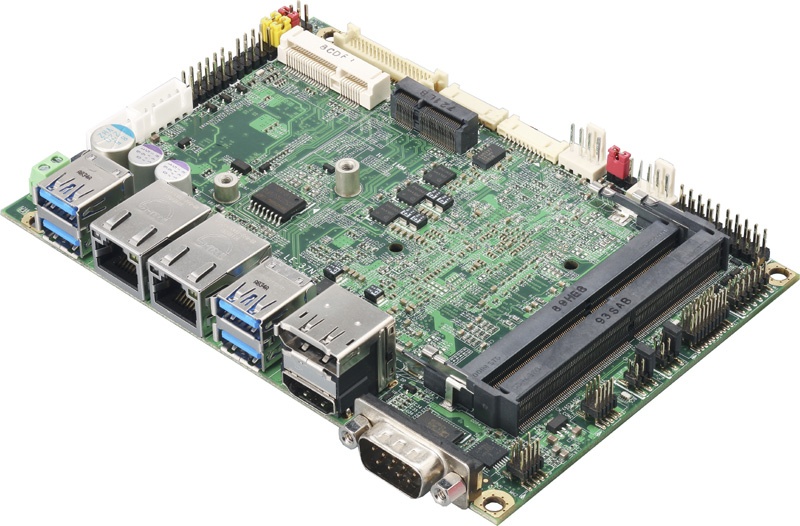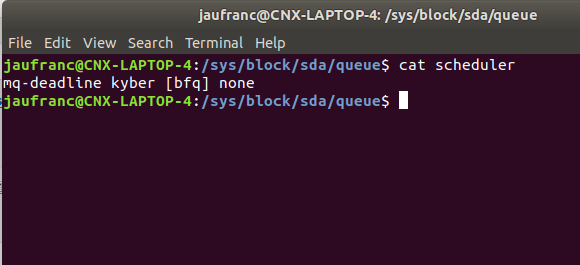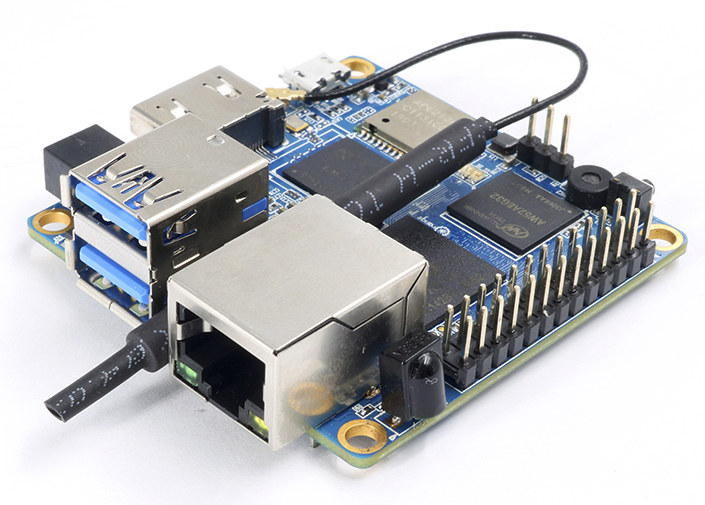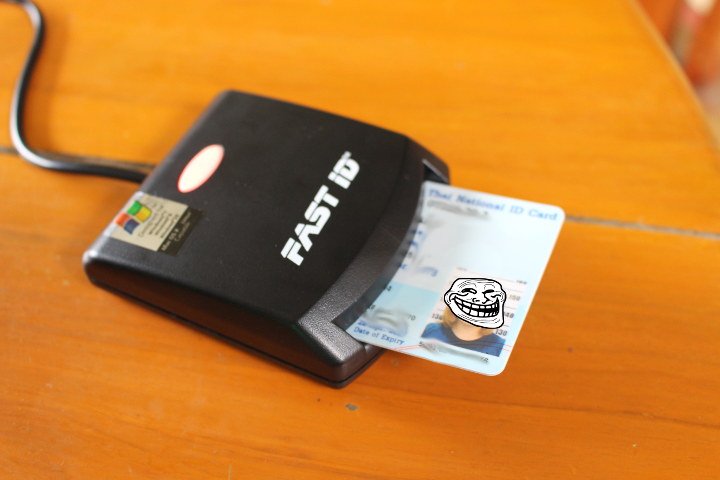The announcement of the CutiePi, an open source tablet-based on the Raspberry Pi Compute Module 3 comes a bit late for the Pi-based tablet/laptop space. We have reported on some of the more versatile tablets using the Raspberry Pi platform, the Diskio Pi 13.3” DIY Tablet and the RasPad tablet kit, with a few more Raspberry Pi-based tablet/laptop kits also listed in the same article. Timeline and Pricing CutiePi Tablet has no firm release date, but the company is saying late 2019 for launch. The development team is also saying everything is subject to change, but look for the pricing to be USD $150 – $250. Click to Enlarge How CutiePi is Different The tablet is different in its thinner design and in the software designed specifically to use Linux Raspbian OS for a touch screen platform. There are readily available source code and case plans for the ambitious developer […]
Embedded Linux Conference (ELC) Europe 2019 Schedule – October 28-30
I may have just written about Linaro Connect San Diego 2019 schedule, but there’s another interesting event that will also take place this fall: the Embedded Linux Conference Europe on October 28 -30, 2019 in Lyon, France. The full schedule was also published by the Linux Foundation a few days ago, so I’ll create a virtual schedule to see what interesting topics will be addressed during the 3-day event. Monday, October 28 11:30 – 12:05 – Debian and Yocto Project-Based Long-Term Maintenance Approaches for Embedded Products by Kazuhiro Hayashi, Toshiba & Jan Kiszka, Siemens AG In industrial products, 10+ years maintenance is required, including security fixes, reproducible builds, and continuous system updates. Selecting appropriate base systems and tools is necessary for efficient product development. Debian has been applied to industrial products because of its stability, long-term supports, and powerful tools for packages development. The CIP Project, which provides scalable and […]
Commell LE-37N 3.5″ SBC is Powered by Intel Whiskey Lake-U Core i7-8665UE Processor
Commell has announced its 3.5” LE-37N SBC run by the 8th generation Whiskey Lake-U quad-core processor. The board has support for triple displays, 4x USB 3.1 Gen 2, 2x SATA III 2x GbE, M2 and Mini-PCIe. Previously we reported on the ASRock IMB-1216 mini-ITX board powered by a choice of Whiskey Lake-U SoCs, as well as the crowdfunded UP Xtreme Whiskey Lake-U SBC. LE-37N Whiskey Lake-U SBC The LE-37N miniboard platform is specifically designed for the Whiskey Lake-U Intel processors with the FCBGA1528 sockets. But it was built with the quad-core, 8-thread, 1.7 GHz Core i7-8665UE with an 8MB cache, 15W TDP and 24 EU Intel Generation 9.5 HD Graphics. It supports DDR4 memory in two SO-DIMM 2400 MHz slots for up to a total of 32GB. The 8th Generation Whiskey Lake-U i7 processor is more power-efficient and supports Linux and Windows OSes. Extra Features and Display Options There is […]
BFQ (Budget Fair Queuing) I/O Scheduler Improves Linux Systems Responsiveness (Video)
Storage is normally the slowest part of a system, and operating systems such as Linux try to limit I/O access with “tricks” like caching. The I/O scheduler may also matter if you have multiple programs accessing the same drive, and in Linux 4.12 implemented two new multi-queue block I/O schedulers, namely BFQ (Budget Fair Queuing) and Kyber that are meant to improve the performance of the systems. If you’re using Linux 5.2 you may even get further improvements since performance tweaks make application start-up times under load to be up to 80% faster. I have never seen BFQ in action so far, but earlier this year, Paolo Valente, who is working for Linaro, made a video with an Acer Chromebook 15 showing Google Chrome launch time using the default mq-deadline schedule, and bfq-mq scheduler. The test involves writing a 1.5GB file to the drive with dd, and clicking on the […]
Orange Pi Zero2 is a Tiny Allwinner H6 SBC with HDMI 2.0, USB 3.0, Ethernet & WiFi
Shenzhen Xunlong Software launched a refresh of their Orange Pi Zero board, namely Orange Pi Zero LTS, a couple of weeks ago. The company is now about to launch another SBC of the “Zero” family. Slightly larger than its predecessor, Orange Pi Zero2 is also quite more powerful with an Allwinner H6 quad core Cortex-A53 processor, and more versatile thanks to the addition of a USB 3.0 port, HDMI 2.0 video output, and a built-in microphone. Orange Pi Zero2 specifications: SoC – Allwinner H6 quad-core Arm Cortex-A53 processor with Arm Mali T720 GPU with support for OpenGL ES3.1/3.0/2.0/1.1, Microsoft DirectX 11 FL9_3 Memory – 512MB LPDDR3 (Allwinner AW52A8G32) Storage – 4GB eMMC Flash and microSD card up to 32GB Video Output – HDMI 2.0a port Video Decoding – 10-bit H265/HEVC up tp 4K60 or 6K30; H264/AVC up to 4K30; VP9 up to 4K30; AVS+/AVS up to 1080p60 Network Connectivity 802.11 […]
Linaro Connect San Diego 2019 Schedule – IoT, AI, Optimizations, Compilers and More
Linaro has recently released the full schedule of Linaro Connect San Diego 2019 that will take place on September 23-27. Even if you can’t attend, it’s always interested to check out the schedule to find out what interesting work is done on Arm Linux, Zephyr OS, and so on. So I’ve created my own virtual schedule with some of the most relevant and interesting sessions of the five-day event. Monday, September 23 14:00 – 14:25 – SAN19-101 Thermal Governors: How to pick the right one by Keerthy Jagadeesh, Software Engineer, Texas Instruments With higher Gigahertz and multiple cores packed in a SoC the need for thermal management for Arm based SoCs gets more and more critical. Thermal governors that define the policy for thermal management play a pivotal role in ensuring thermal safety of the device. Choosing the right one ensures the device performs optimally with in the thermal budget. […]
MINIX NEO S2 USB-C SSD Hub Review in Ubuntu 18.04 with Khadas Edge
MINIX NEO S1 & S2 are USB-C hubs with the usual HDMI and USB outputs, but also a built-in 120 GB & 240 GB SSD respectively. The company has sent me a sample of each, and in order to test the platform, I decided to do on a Khadas board running Ubuntu 18.04 with LXDE desktop environment (aka Lubuntu). I’ll start by checking out the packages’ content, before going through my experience with the MINIX NEO S2 USB-C hub in Ubuntu 18.04 with LXDE desktop environment. MINIX NEO S1 & S2 Unboxing Both packages are basically identical except for the different color, and one shows 120GB SSD capacity, while the other has 240GB The back side has some more details about the USB-C hub. I’ll focus on the 240GB model since it’s just the same, but around $13 to $20 more expensive, and it offers double the capacity, as well […]
Reading ID Card Data in Ubuntu with EZ100PU Smart Card Reader (Thai ID Edition)
I was asked help with configuring a smart card reader on a government computer running Windows 7, but this made me wonder what would happen if I connected the card reader to my Ubuntu laptop and whether I’d be able to read content from a Thai ID card. EZ100PU Smart Card Reader Let’s have a look at the card reader itself first. It’s a FAST ID EZ100PU smart card reader compliant with ISO7816 standard. That’s the product page of the specific model, but a search for EZ100PU only reveals the manufacturer may be InfoThink Technology based on Taiwan. The USB smart card reader comes with a CD that includes drivers for Windows, Linux, Mac OS, and Android, as well as an SDK with a demo program and sample code in C++, Visual Basic .NET, and C#. As we’ll see further below, the Linux driver is not needed as it works […]

